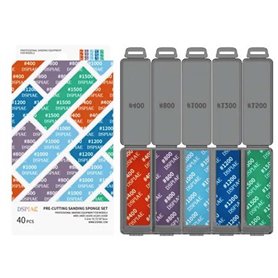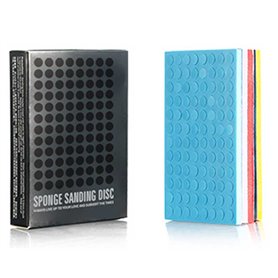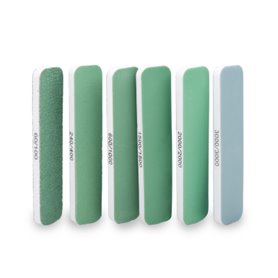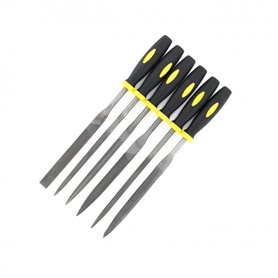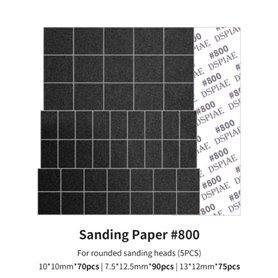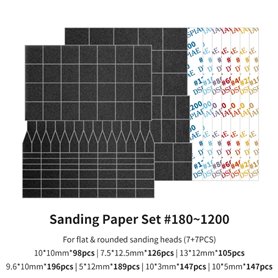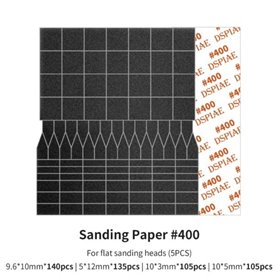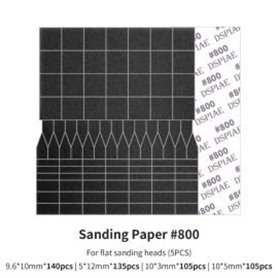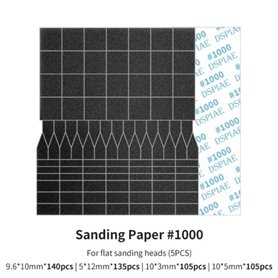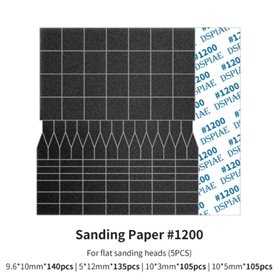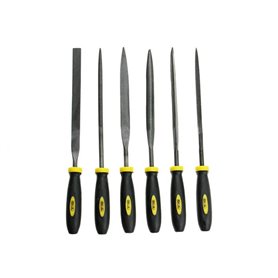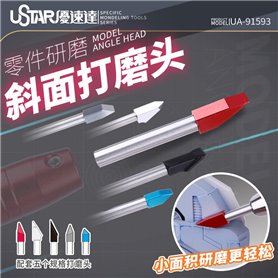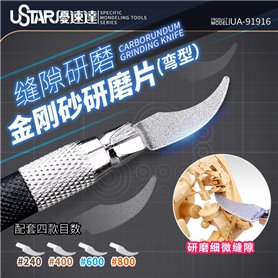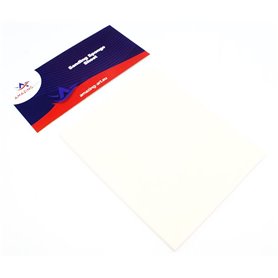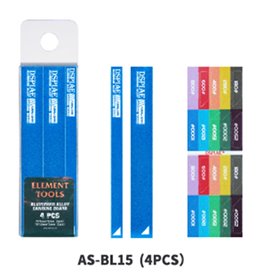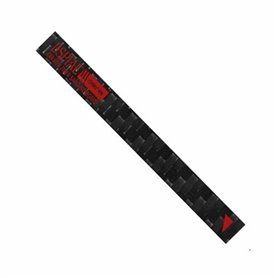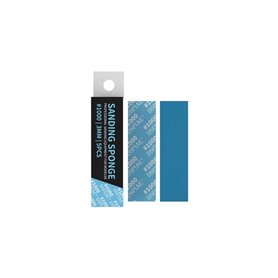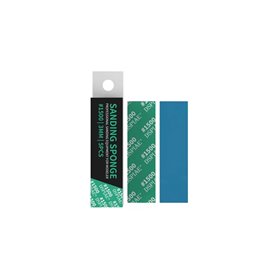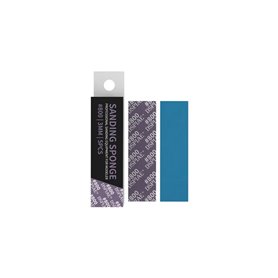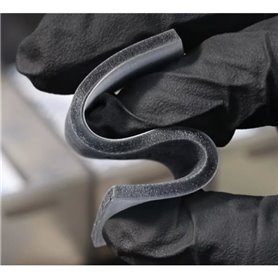In scale modeling, as in many other precision crafts, the devil is in the details. Proper preparation of the model's surface before painting is crucial for achieving a professional finish. This is precisely where abrasives and polishing materials come into play. They allow for the removal of imperfections such as mold seam lines, plastic flash, or glue marks. Thanks to them, you can also perfectly smooth out modeling putty, preparing a smooth and uniform base for painting. Using the right tools at this stage helps prevent many problems during painting and ensures that the final appearance of the model is satisfying.
Types of Abrasives in Scale Modeling
A fundamental tool for every modeler is sandpaper. Available in sheets or on sponges, its key parameter is the grit – the higher the number, the finer the grain and the smoother the surface after sanding. For working with plastic, wet-and-dry sandpaper is particularly recommended, as wet sanding minimizes dust and prevents clogging. For working on curved and hard-to-reach surfaces, flexible sanding sponges and sanding sticks are ideal. In turn, for removing larger amounts of material or for precise shaping of parts, modeling files with various shapes and coarseness are indispensable.Polishing and Final Finishing of the Model
After finishing with fine-grit sandpaper, it's time for polishing. This process aims to achieve a perfectly smooth, or even a mirror-like, surface. This is especially important for clear parts, such as aircraft canopies or windows in car models, as well as for car models where the bodywork is meant to shine. For this purpose, specialized polishing compounds with varying abrasive strengths are used. They are applied with a soft cloth, gradually moving from a coarser compound to the finest, finishing one. The result is a flawlessly smooth surface that readily accepts decals and clear coats.








